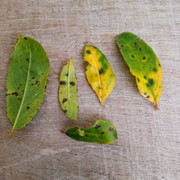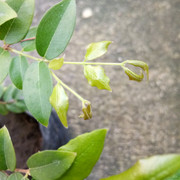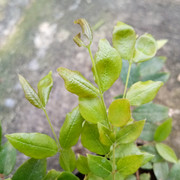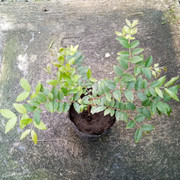1
Tropical Fruit Discussion / Re: Is this beetle responsible for trimming off young mango twigs?
« on: August 25, 2022, 02:28:37 AM »I dont think its this particular beatle if the culprit is a beetle anyway. I think stat the branches are falling off on their own, see on the pic with the stump and the new flush, the leaves are heavy on those new unsturdy branches and they are probably falling off on their own when theres wind, and rain that accunulates and makes them heavier. When a tree is cut back hard like this the new flushes often have a weak connection to the main trunk, ive seen this on many occasions and species. The flushes usually need more tipe to fatten up at the base and get stronger, until this time comes, some of them will be bracking and falling off.
Was your pommegranite also topped and were the branches that were bracking also new growths?
The mango had been suffering from twig drops several times a week even before it was pruned back and it was always the new flushes. Dropping occurs regardless of weather. The pomegranate hasn't been topped recently and the breakages seem to come at random points and not on the nodes. Fortunately it seems to have stopped with the pomegranate.
Based on what I found Googling, the family of beetle this belongs to have some notorious species known for boring into wood although the damage pattern in this case seems to not add up. Shouldn't there be holes instead of cuts?











